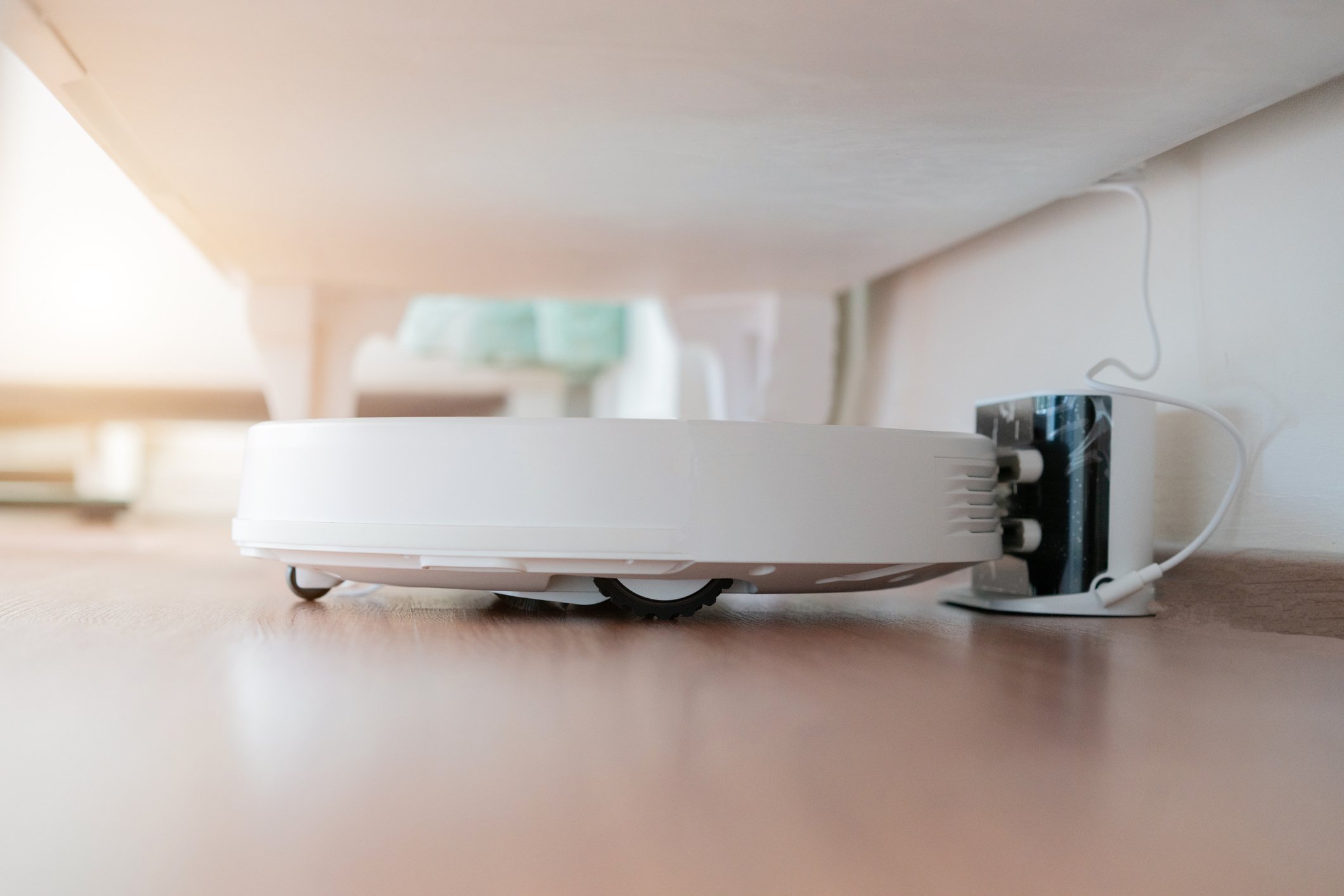
iRobot's top-of-the-line Roomba 980 helped drive U.S. consumer revenue growth of 25% in Q2. Image source: iRobot Corporation.
iRobot Corporation (IRBT 19.88%) revealed another stronger-than-expected quarterly report on Tuesday after the market close, and shares of the home robot company are up a modest 2% in after-hours trading as of this writing. Let's take a closer look at the moving parts behind iRobot's latest quarter:
iRobot results: The raw numbers
| Metric |
Q2 2016 Actuals |
Q2 2015 Actuals |
Growth (YOY) |
|---|---|---|---|
|
Sales |
$148.7 million |
$148.8 million |
0% |
|
Net income |
$4.8 million |
$7.3 million |
-33.6% |
|
Earnings per share |
$0.13 |
$0.16 |
-29.2% |
YOY = year over year. Data source: iRobot Corporation.
What happened with iRobot this quarter?
- Adjusted earnings before interest, taxes, depreciation, and amortization (EBITDA) fell 10.7% year over year, to $15.9 million.
- This might not seem impressive at first glance, but keep in mind last year's Q2 included $10.8 million in revenue from the Defense & Security (D&S) business, which iRobot sold on April 4, 2016.
- D&S results reflected in the second quarter of 2016 include a $0.8 million gain on the sale and support services provided by iRobot (recorded as non-operating income), offset by $0.3 million of divestiture costs (included in general and administrative expenses).
- These results were also above or near the high end of iRobot's guidance ranges, which called for Q2 revenue of $145 million to $150 million, earnings per share of $0.06 to $0.14, and adjusted EBITDA of $9 million to $12 million.
- Consumer robot revenue grew 8.2% year over year, to $148.1 million:
- 27.4% year-over-year growth in domestic home robot sales, to $66.5 million, driven primarily by demand for the high-end Roomba 980, as well as for the 600 series Roomba and Braava wet floor care robots.
- Sell-through up roughly 20% from the same year-ago period helped by success of marketing programs during Mother's Day and Father's Day.
- A 3.6% decline in international home robot sales, to $81.6 million, as expected, given the go-to-market transition in China.
- iRobot's new office and team in Shanghai are now operating, and have begun executing a more direct e-commerce strategy in the country.
- Japan sell-through accelerated again during the quarter thanks to successful marketing campaigns in the region. iRobot remains on track to achieve "modest" year-over-year growth in Japan.
- As mentioned during last quarter's call, iRobot funded its accelerated stock repurchase program of $85 million in April, partly from proceeds of the D&S business sale.
- Made the decision to end remaining Remote Presence marketing and business development initiatives, which means 100% of iRobot's resources going forward will be exclusively focused on consumer robotics solutions.
- Announced a partnership with Amazon Web Services to help scale iRobot's connected product business and allow for increased capabilities in the smart home.
- Prepared to release Braava jet -- which is still only available in the U.S. -- on shelves in China and Japan in Q3, as well as in Europe at the end of Q3 in the time for the holidays.
- Ended the quarter with $173 million in cash and investments.
What management had to say
As Colin Angle, iRobot's co-founder and CEO, said:
We are poised for continued growth and success. Maintaining our market-leading position requires technology leadership. We will continue to make disciplined R&D investments to ensure that we remain the leader in robotic vacuum cleaning while developing and growing significant adjacent consumer product categories. [...] We continue to execute successfully against our plan, delivering excellent first-half performance. Those first half results, coupled with continuing momentum in the U.S. enable us to increase our financial expectations for the full year.
Looking forward
For the current quarter, iRobot expects revenue of $155 million to $160 million, or year-over-year growth of roughly 7.9% to 11.4%. That should translate to adjusted EBITDA of $25 million to $28 million, and earnings per share of $0.40 to $0.45. By comparison, analysts' consensus estimates predicted third-quarter 2016 revenue and earnings near the high end of iRobot's new guidance ranges.
As Angle noted in his comments, however, iRobot increased its full-year guidance to call for 2016 revenue of $640 million to $645 million (up from $630 million to $642 million previously), earnings per share of $1.26 to $1.40 (up from $1.20 to $1.40 previously), and adjusted EBITDA of $85 million to $90 million (up from $80 million to $90 million previously).
As it stands, given the continued strength of iRobot's products domestically, the impending launch of its key new Braava jet robot in several markets, and iRobot's early efforts to capitalize on the cloud and bolster its Internet of Things capabilities, I think now is an exciting time to own shares of the home robot maker.





